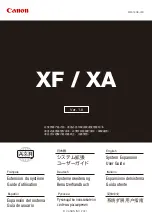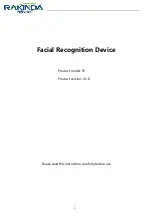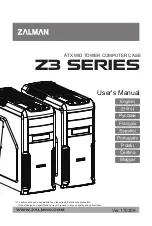
90
Data Files
©
2016-2017 SR Research Ltd.
-miss <string> replaces missing data in ASC file with <string>
-setres <xr>
<yr>
uses a fixed <xr>,<yr> resolution always
-defres <xr>
<yr>
uses a default <xr>,<yr> resolution if none in
file
4.9 The ASC File Format
The ASC file format is defined by the type of data lines that appear in it, the
format of these lines, and the order in which these lines occur. Data lines
consist of several types:
•
Blank or comment lines, which are ignored. The first non-blank character
on a comment line is one of "#", "/" or ";".
•
File preamble or file-description lines. These begin with "**". Usually these
lines are ignored when processing the ASC file.
•
Sample data lines. Each line begins with a number, representing the time of
the sample.
•
Event and data-description lines. Each line begins with a keyword,
identifying the type of data in the rest of the line.
4.9.1 ASC File Structure
For sample-only ASC files, file structure is very simple. These files are produced
using the "-s" or "-ne" options of EDF2ASC, and only sample data lines are
present. There is no data on what type of eye-position data or which eye
produced the data. Recording blocks are separated by sample lines consisting of
missing-value data (dots or the string specified with the "-miss" option). Gaps in
the sequence of sample timestamps may also be used to determine sample
block divisions.
For ASC files containing events (and optionally samples), the order of lines is
carefully structured. The file begins with a copy of the EDF file's preamble, with
each line preceded by "**". The preamble reports the file version, date created,
and any description from the application. Usually the preamble is ignored
during analysis.
The sequence of events and samples in the ASC file follows strict rules. These
are:
•
START events mark the beginning of each recording block, and END events
mark the end of each block. The START events also specifies which eye’s data
is present, and if samples, events, or both are present.
•
Data-specification lines follow each START event. These specify the type of
data in samples and events in the block, and allow flexible data processing
without prescanning the file.
•
All eye-movement samples and events occur between the START event and
the matching END event.
















































